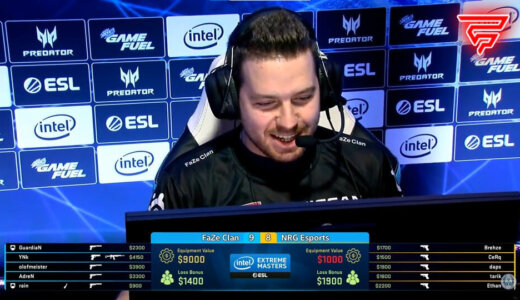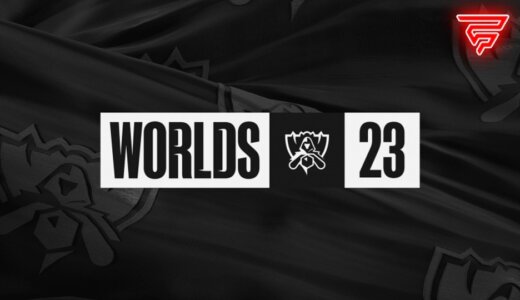Average selling prices for NAND memory and solid-state drives have fallen in recent quarters due to low demand and oversupply. However, more and more applications are adopting SSDs and therefore their unit and dollar sales are expected to increase.
The Yole Group estimates that SSD sales will grow to $67 billion in the next five years. Longer-term, the total SSD market is expected to grow from $29 billion and 352 million units in 2022 to $67 billion and 472 million units in 2028, at a compound annual growth rate of about 15% between 2022 and 2028.
SSD market is expected to grow in the next 5 years
Of the 352 million SSDs sold last year, about 55 million units are enterprise drives and the rest are client SSDs. 2022 enterprise SSD shipments were dominated by PCIe SSDs, which accounted for about 55% or 30 million units. That number is expected to grow to about 71%, or 79 million units, by 2028.
The share of PCIe client SSDs is expected to increase from about 85% in 2021 to about 96% in 2028, corresponding to 252 million units and 347 million units, respectively. Enterprise drives will also adopt the new PCIe interfaces faster than their client siblings.
Yole projects that 69% of enterprise SSDs will use a PCIe 5.0 bus in 2028, while only 12% of client drives will use this interface this year. PCIe 6.0 SSDs are expected to have a 16% share of the data center drive market in 2028, but their share of the client SSD market will be a negligible 3%.
Short descent was unique experience
SSD sales fell 14% year over year to $29 billion in 2022 from $34 billion in 2021; in terms of units, that equated to about 352 million units, up from over 400 million units in 2021. However, this sharp drop is a one-off event, according to the Yole Group. The company does not want to give a more or less accurate dollar or unit count forecast for 2023 because inventories continue to be slowly depleted and the weak economy is leading to significant oversupply.
Not all SSD vendors will benefit from market growth to the same extent. According to Yole, client SSD products will suffer weaker demand in the upcoming years, while the growth of the enterprise SSD market will be driven by “low-latency storage needs for advanced workloads in the data center space.” The research firm doesn’t disclose which workloads it’s referring to, though low-latency solid-state storage applications are critical for trending applications like generative AI.
Yole Group notes that there are two types of SSD vendors: NAND Integrated Device Manufacturers (IDMs), who make their own memory, design their own NAND controllers, and produce their own drives, and third-party SSD vendors that use flash Buy memory (in the form of NAND wafers or chips) from IDMs and third-party controllers to build their drives.
Both types of SSD manufacturers typically buy controllers from companies like Silicon Motion, Phison, and Marvell. Large cloud data center operators often develop their own storage devices, but still purchase storage and/or controllers from third parties.
In 2022, major IDMs like Samsung, Micron, Western Digital, Kioxia, SK Hynix, and Solidigm controlled 82% of the SSD market. In contrast, third parties like Kingston, Seagate, and Adata controlled only 18%.









